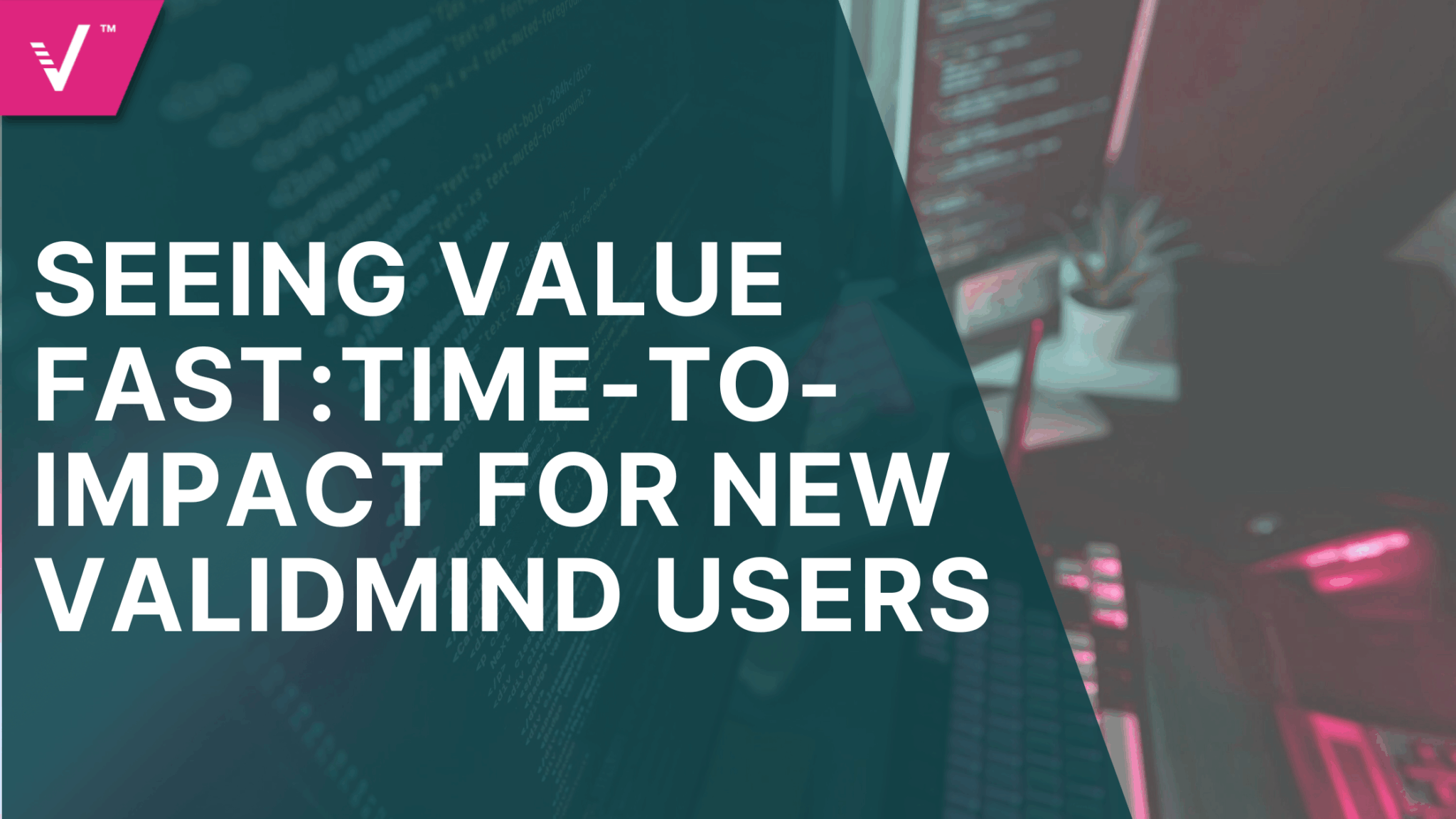Your Models, Your Rules: Using Custom Templates and Tests in ValidMind

Organizations are using machine learning and statistical models to make important decisions, which makes model governance critically important. Many teams still struggle with inflexible validation processes and documentation requirements that do not match the way their models behave. The result is a governance process that feels like extra work for developers and does not meet risk teams’ needs.
ValidMind was built to solve this problem. Instead of forcing teams into predefined structures, it offers a flexible foundation where governance can be shaped to fit each model and each organization. Custom templates and custom tests make this possible. They help teams standardize what matters and then embeds that institutional knowledge directly into the model lifecycle. With these tools, your models can follow your rules, enabling scalable governance without losing efficiency.
What Custom Templates Enable
Custom templates in ValidMind act as reusable blueprints for model governance, defining how a model should be documented and how validation results should be presented. This creates a consistent structure that accelerates model onboarding and keeps documentation aligned with internal and regulatory standards.
There are different types of templates to support each need:
- Documentation templates: helps to capture specific details such as any types of risks in the system and the methodology used.
- Validation templates: organizes technical checks including performance tests and stability analyses.
- Reporting templates: helps prepare standardized outputs for internal review or regulatory submissions.
These templates maintain flexibility so teams are able to adjust content as needed and continue to have a shared format. When a template is updated, the improvements are applied automatically across all models, helping organizations improve their governance process over time.
Discover how to speed up your model deployment: Keep Pace with AI with Faster Model Deployment
Building Custom Templates: Tailoring Governance to Your Organization
The process of building custom templates is straightforward. Start by identifying the documentation elements you need, then define the fields and formatting that support them. You can also add other components, such as code blocks or test outputs, to make the templates more specified and informative. This lets you embed your organization’s practices directly into the workflow.
Keep in mind that this should be a collaborative effort. Risk teams, model owners, compliance teams and validators need to work together to define what should be included in each template in order to ensure everyone is under the same guidance and has a clear understanding of what the expectations are from the beginning.
Another way to maintain control is through template versioning. Each update is tracked to help with traceability as standards continue to evolve. Governance leaders can manage these updates while giving teams room to innovate within a consistent framework.
Custom Tests: Validating Models Your Way
Once your templates set the foundation for consistent documentation, the next step is ensuring that your model evaluations are just as tailored. This is done through the implementation of custom tests.
Custom tests in ValidMind give organizations the flexibility to validate models using the metrics that matter most to them. Every organization has its own risk thresholds, performance expectations, and regulatory requirements, and with custom tests, teams are able to acquire this information in their validation process. This means that models are being evaluated in a way that reflects real business and compliance priorities.
Like a custom template, building a custom test is simple. You write a Python function or script, add the required metadata, and register it in the ValidMind platform. From there, the platform then handles the rest, such as the execution and tracking results for audit purposes, making your custom tests flexible and fully traceable.
Teams have the ability to create all sorts of tests, including domain-specific performance metrics, stability and drift analyses, stress tests tailored to financial, healthcare, or operational scenarios. Whatever your use case, custom tests allow you to express it clearly in code. These tests also fit smoothly into the overall workflow, just like the custom template, and automatically run for every model that uses that template, providing scalable validation without the added manual effort.
Learn more about responsible AI in our previous piece: Racing Toward Responsible AI: How Institutions Can Accelerate Adoption Without Losing Control
Scalable Validation Made Simple
With custom templates and tests, ValidMind gives teams the flexibility to build governance around their models, allowing teams to move faster and stay compliant. This approach creates structure where necessary and lets processes adapt as the organization grows. AI will continue to evolve, so having this adaptability will be important for responsible model development.
Learn more about how ValidMind can help your build model governance on your terms today.



